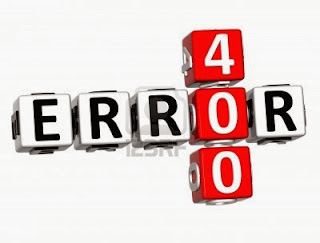How to fix error 408
408 Request Timeout error messages are often customized by each website, especially very large ones, so keep in mind that this error may present itself in more ways than the common ones listed below:
- "408: Request Timeout"
- "HTTP Error 408 - Request Timeout"
The 408 Request Timeout error is an HTTP status code that means the request you sent to the website server (e.g. a request to load a web page) took longer than the website's server was prepared to wait. In other words, your connection with the web site "timed out".
1. Retry the web page by clicking the refresh/reload button or trying the URL from the address bar again. Many times a slow connection causes a delay that prompts the 408 Request Timeout error and this is often only temporary. Trying the page again will often be successful.
2. You may be experiencing an issue with your Internet connection that's causing long delays when accessing pages. To rule this out, visit another website like Google orYahoo. If the pages load as fast as you're used to seeing them load, the issue causing the 408 Request Timeout error is probably with the web site.
3. On the other hand, if all web sites are running slow, your Internet connection may in fact be having issues. Run an Internet speed test to benchmark your current bandwidth or contact your Internet Service Provider for technical support.
4. Come back later. The 408 Request Timeout error is a common error message on very popular websites when a huge increase in traffic by visitors (that's you!) is overwhelming the servers. As more and more visitors leave the website, the chances of a successful page load for you increases.
5. If all else fails, you may want to attempt to contact the webmaster or another site contact and inform them of the 408 Request Timeout error message. The webmaster of most Internet sites can be reached via email at webmaster@website.com, replacingwebsite.com with the actual website name.
Still getting 408 Request Timeout error
If you've followed all of the advice above but are still receiving a 408 Request Timeout error. please write us in comments. We are ready to help you with your error.




